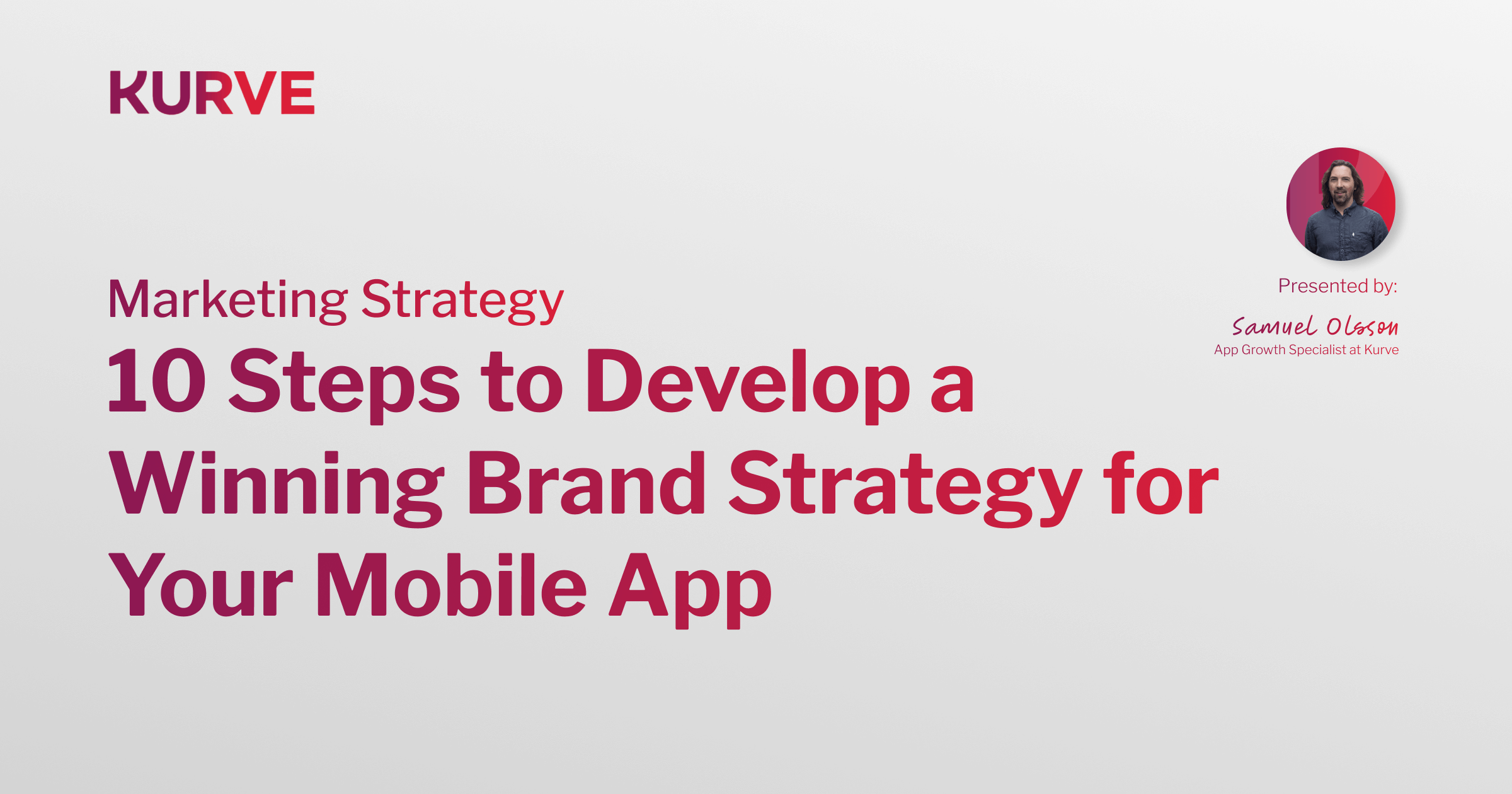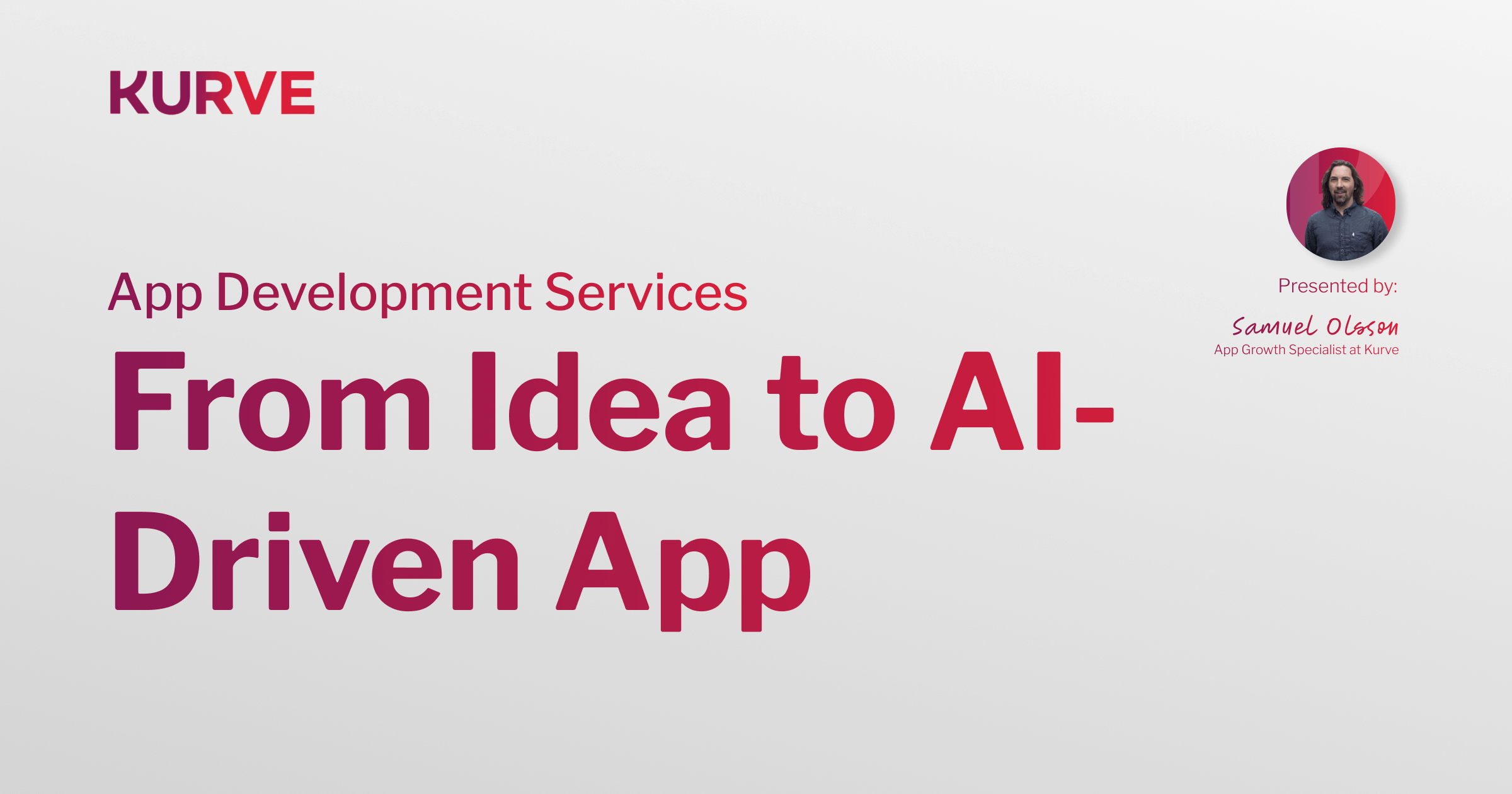Why is Demographic Segmentation Important?
Acquiring high-value users is crucial for the success of any mobile app or digital service.
One of the core strategies to achieve this is demographic segmentation. It's a data-driven approach that involves classifying your target audience into distinct groups based on shared demographics like age, gender, and income.
This blog explores the significance of demographic segmentation for app growth. It will demonstrate how it empowers you to reach the most relevant users, drive meaningful engagement, and maximise your marketing ROI.
| Table of Contents |
What is Demographic Segmentation?
Demographic segmentation is a core app marketing strategy. It groups potential users based on shared characteristics. This provides invaluable insights for crafting targeted user acquisition campaigns that resonate with each segment's needs and preferences.
It allows you to tailor your messaging, ad creatives, and even in-app features to specific user groups. For example, the way you promote a fintech app like Revolut to a university student would be vastly different from how you'd market it to a high-net-worth individual looking for investment features.
Here are some common demographic variables used for segmentation:
- Age: Gen Z, Millennials, Gen X, Baby Boomers
- Gender: Male, Female, Non-binary
- Income: Low, Middle, High (crucial for monetisation strategies)
- Location: Country, Region, City (for localised campaigns)
- Education Level: High School, University, Post-Graduate
What's the Difference Between Segmentation and Targeting?
Think of market segmentation as creating a map of your potential user base. It involves dividing your total addressable market into smaller groups based on shared characteristics. These can be:
- Demographics: Age, income, location
- Behaviors: App usage patterns, feature adoption, purchase history
- Psychographics: Interests, values, lifestyle (e.g., fitness enthusiasts, casual gamers)
Imagine you're launching a fitness app. Segmentation might reveal distinct groups:
- Young adults (18-25) looking for free, high-intensity workout videos.
- Busy professionals (30-45) willing to pay a premium for quick, guided home workouts and time-saving features.
- Seniors (60+) focused on low-impact exercises for mobility and community features.
Now that your segmentation map reveals these diverse user groups, targeting lets you strategically choose which segments to focus your marketing budget and efforts on. You could base this decision on factors like the potential lifetime value (LTV) of each segment, your resources, and the competitive landscape. Targeting helps you pick the most promising user groups to pursue for sustainable app growth.
4 Benefits of Demographic Segmentation for App Growth
Here’s a more detailed look at how demographic segmentation benefits app marketers.
1. Enhanced Personalization

Demographic segmentation empowers you to ditch the "one-size-fits-all" approach. Instead, it enables you to create personalized onboarding flows, push notifications, and marketing campaigns for each user group.
Case Study: Duolingo
The language-learning app Duolingo excels at this. By segmenting its audience, it can tailor its messaging effectively:
- Young Students: Focuses on the fun, gamified experience ("Don't break your streak!") and social features to compete with friends. Marketing often happens on platforms like TikTok, using humour and memes that resonate with a Gen Z audience.
- Business Travelers: Highlights practical applications, such as learning key phrases for a trip or mastering business vocabulary, often promoted through more professional channels.
This personalization informs the visuals you use, the ad channels you select, and the promotional offers you present. By speaking directly to each user group's unique motivations, you create a more compelling connection, leading to higher engagement, better retention rates, and a stronger user community.
2. Improved Targeting Accuracy

Segmenting your audience by demographics helps pinpoint the user groups most likely to become high-value users. For example, a high-end investment app would target high-income earners on platforms like LinkedIn, while a free-to-play mobile game might target a younger demographic on TikTok and Instagram.
This precision targeting on channels like Google App Campaigns, Apple Search Ads, and Meta Ads offers several advantages:
- Reduced Wasted Ad Spend: By focusing your budget on user segments most likely to download and engage, you maximise your return on ad spend (ROAS).
- Increased Conversion Rates: Targeted ads and app store listings that address specific user needs and interests are far more likely to drive clicks, downloads, and ultimately, in-app conversions.
- Lower Customer Acquisition Cost (CAC): Efficiently reaching the right users is the fastest way to lower your CAC, which is a critical metric for sustainable app growth and profitability.
3. Increased Engagement and Conversions

Demographic segmentation allows you to craft messaging that resonates on a deeper level, driving both engagement and monetisation.
Case Study: Headspace
Consider a meditation app like Headspace. For busy professionals, tailored messaging might highlight short, guided meditations for stress relief during the workday. For university students, it could promote features like sleep soundscapes and focus exercises for exam periods. This targeted approach has a direct impact on key app metrics:
- Increased Click-Through Rates (CTRs): Compelling, relevant ad copy drives more clicks, bringing qualified traffic to your app store page.
- Longer Session Durations: When users feel an app understands their needs, they are more likely to explore its features and integrate it into their daily routine.
- Higher Conversion Rates: Targeted messaging and onboarding significantly increase the likelihood of users converting, whether that's signing up for a free trial, making an in-app purchase, or subscribing to a premium plan.
4. Better Understanding of User Needs

Demographic segmentation helps you analyse how different user segments interact with your app. This data, often gathered from analytics platforms like Mixpanel or Firebase, is gold. It allows you to prioritise your product roadmap and:
- Identify User Pain Points: Segmentation can reveal that a specific feature is causing friction for one user group but not another. This allows you to focus development efforts where they're needed most.
- Uncover Hidden Preferences: By analysing user behaviour within different segments, you can discover unexpected use cases or feature requests, empowering you to tailor future app updates and marketing campaigns.
- Align with User Values: Segmentation can reveal what truly motivates different groups. Understanding these values allows you to craft messaging that positions your app as a perfect fit for their lifestyle and priorities.
Examples of Demographic Segmentation for Apps
The following are common demographic segments app marketers use to drive growth.
Age

Age dictates not only the type of app a user might want but also how they want it presented:
- Teens (Gen Z): Tech-native and social. Target them on TikTok and Snapchat with entertainment, social, and gaming apps that feature viral trends and influencer marketing.
- Young Adults (Millennials): Busy, career-focused, and digitally savvy. Highlight features that boost productivity, save money, or offer convenience with apps like Monzo, Uber, and Deliveroo.
- Middle-aged Adults (Gen X): Often managing families and careers. Promote apps for health, task management (e.g., Allrecipes), and smart home control that bring order and efficiency to a busy life.
- Seniors: Value ease-of-use and clear benefits. Focus on apps with simple UIs for health monitoring, financial management, and social connection with loved ones.
Gender
While avoiding stereotypes is critical, acknowledging different platform preferences and motivations can be effective. Focus on values and interests rather than broad assumptions.
- Messaging and Imagery: A fitness app like Sweat might focus on community support and workout programs popular with women, while a fantasy football app will naturally skew towards a male audience in its imagery and promotions. The key is authentic representation.
- App Features & Monetisation: In-app purchase behaviour can differ. Data from gaming apps often shows different spending patterns on cosmetic items versus competitive advantages, which can inform feature development and offers. The goal is always an inclusive and valuable experience for every user.
Income Level
Income level directly impacts your monetisation strategy. A user's willingness to pay for an app, subscribe, or make in-app purchases is often linked to their disposable income.
Case Study: Spotify
- High-Income Earners: Less price-sensitive and more likely to pay for convenience. They are the prime target for Spotify Premium's ad-free, offline listening experience.
- Middle-Income Earners: Seek value. A proposition like the Spotify Family Plan, which offers multiple premium accounts for a single price, is highly appealing.
- Budget-Conscious Users (e.g., Students): This segment is best attracted with a robust free tier (like Spotify’s ad-supported model) and targeted promotions like student discounts, which builds brand loyalty early on.
Education and Occupation
A user's profession or educational status is a strong indicator of their needs and daily challenges.
- University Students: Prime audience for budgeting apps like YNAB, study aid apps like Quizlet, and services offering student discounts. Partnerships with universities can be a powerful acquisition channel.
- Working Professionals: This diverse group can be segmented further. Target sales professionals with organisational tools, marketers with social media management apps, and healthcare workers with secure communication platforms.
Geography and Location
Geographic segmentation is vital for any app with a location-based component or a diverse international audience.
- Localized Marketing: A food delivery app will promote different cuisines based on neighbourhood preferences. A ride-sharing app like Uber or Bolt will run promotions based on local events or weather.
- Regional Preferences: A fitness app might promote outdoor running features in sunny California while highlighting indoor, home-based workouts in London during winter.
- Cultural Nuances: When launching internationally, segmenting by country is essential to ensure your app's language, visuals, and messaging are culturally appropriate and resonant.
Should You Target Based on Demographic Segmentation Alone?
While demographic segmentation is a powerful starting point, you should never rely solely on these parameters. They tell you *who* your users are, but not *why* they act the way they do.
The times of segmenting according to demographics alone are gone. For app marketers, the real magic happens when you combine demographics with **behavioral and psychographic data.**
Targeting Beyond Demographics
One marketer recently asked his colleagues if they could identify their target audience. He was surprised that their answers almost always described a demographic profile, such as “my customers are male millennials.” He gave an example of his two friends in that demographic group to highlight the difference in tastes and preferences. See the table below:
|
What is your favorite drink? |
What are your hobbies? |
What is your preferred social media platform? |
Do you use gaming apps? |
|
|
Matt |
Craft Beer |
Hiking |
|
No |
|
Arnold |
Energy Drink |
Video Games |
Twitch |
Yes |
This simple example highlights the problem. Both are 'male millennials,' but you would market to them in completely different ways. For app marketers, relying only on demographics is a missed opportunity. The richest insights come from layering demographic data with **in-app behavioral data**:
- Which users complete the onboarding tutorial?
- Who are your power users who log in daily?
- Which users have made an in-app purchase?
- Who is at risk of churning after a single session?
As this article on VentureBeat outlines, technology has revolutionized targeting. By combining demographics with deep behavioural data, you can build powerful, predictive user segments to drive your app growth strategy.
Empower Your App Growth with Expert Segmentation
Demographic segmentation is a foundational element of any successful app marketing strategy. But navigating the intricacies of data analysis, building behavioural segments, and optimising campaigns across multiple channels can be challenging.
This is where partnering with an expert mobile app marketing agency can be invaluable. An experienced team can help you unlock the full potential of your data to acquire high-LTV users, reduce CAC, and achieve sustainable growth.
Also, check out our blog for more insights and the latest trends in App Growth and Digital Marketing.


